Empty shelves might feel like a pandemic-era memory, but looming supply shortages could bring that frustration right back—this time with a fresh batch of kitchen staples.
As climate change, global unrest, and fragile supply chains collide, several of our most-loved food items are quietly slipping toward scarcity.
From creamy avocados and your morning coffee to essential pantry items like rice, wheat, and pasta, the summer months may bring more than just heat—they could bring hard-to-find groceries too.
In this article, we spotlight 20 food items that could vanish by summer, unraveling the complex reasons behind their dwindling availability. Whether it’s due to extreme weather, disease, economic strain, or global logistics issues, these foods might soon be harder—and more expensive—to find.
Read on to see what’s at risk and why your next grocery run might look a little different.
1. Avocados
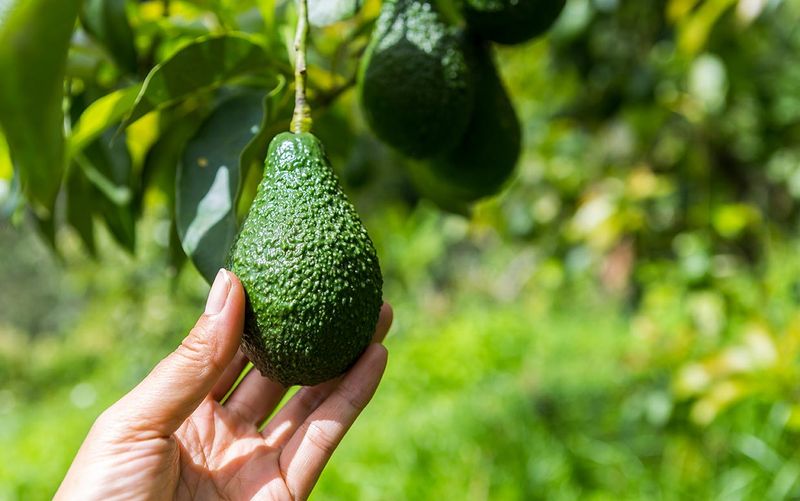
The creamy delight of avocados might take a back seat soon, leaving guacamole fans in a bind. This fruit, a favorite in brunches and salads, faces challenges due to climatic shifts affecting major producing regions.
Avocado trees are notoriously sensitive to weather changes, and unpredictable patterns have disrupted harvests in places like Mexico and California. With demand continually soaring, supply can barely keep pace.
Adding to the woes are labor shortages and transportation woes that further complicate distribution. The next time you enjoy avocado toast, savor every bite, as it may soon become a luxury.
2. Coffee Beans

For many, mornings without coffee are unimaginable, yet a coffee crisis could be brewing. Climate change has put coffee plantations, especially in Brazil, at risk. Droughts and frosts have hit hard, impacting the yield significantly.
Beans are both delicate and demanding; they require precise conditions to thrive, and any disruption in these conditions spells trouble. Coffee farmers are grappling with these challenges daily.
As the aroma of freshly brewed coffee wafts through your home, remember that each cup represents the hard work and dedication of many. Enjoy it while you can, as coffee might become a rare commodity.
3. Honey
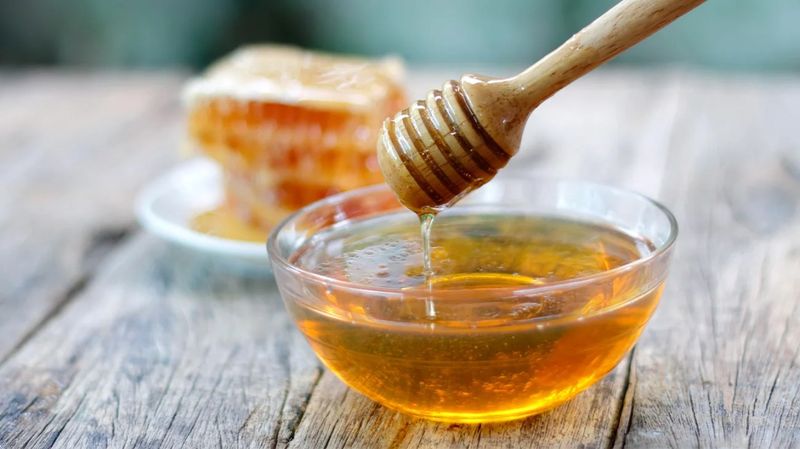
In the realm of natural sweeteners, honey stands unparalleled, but the tiny bees that produce it face existential threats. Declining bee populations, plagued by pesticides and habitat loss, have led to a honey shortage.
Beekeepers are witnessing lower yields, and the ripple effects extend to farms relying on bees for pollination, affecting a variety of crops. The liquid gold that sweetens your tea or drizzles over pancakes is becoming harder to procure.
As conservationists rally to save the bees, consumers may have to endure higher prices or seek alternatives. A spoonful of honey now carries the weight of an ecological struggle.
4. Olive Oil

Mediterranean kitchens might soon miss the luscious pour of olive oil, a staple that’s facing a squeeze. Erratic weather patterns in Spain and Italy have wreaked havoc on olive groves, leaving farmers anxious.
The unpredictability of rain and heat waves disrupts the delicate balance needed for optimal olive production. Olive oil, with its rich flavor and health benefits, is a culinary cornerstone that many might have to ration.
Coupled with logistical hurdles and rising costs, this golden liquid might become a rare sight on supermarket shelves. Savor its flavor, as each drizzle might be your last.
5. Rice
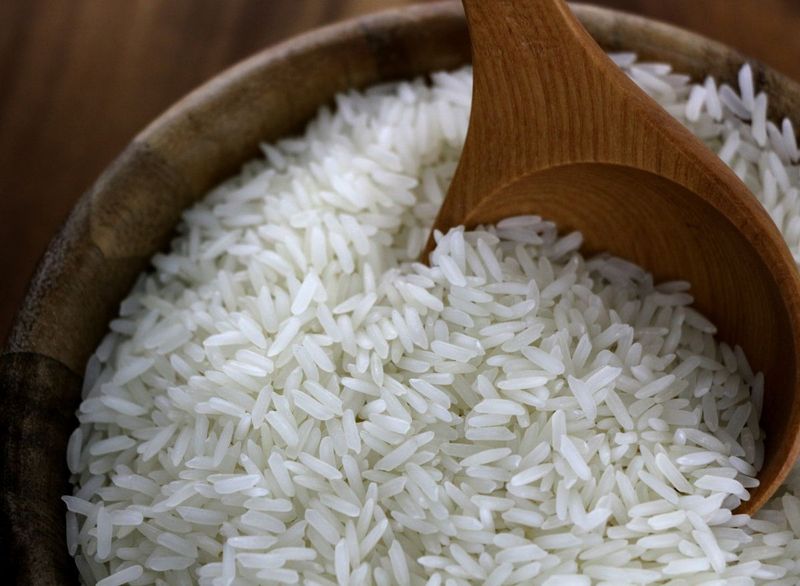
Rice, a versatile staple for countless cuisines, is under threat from water scarcity and erratic weather conditions in key growing regions. The paddies in Asia, where rice cultivation is most prevalent, are facing unprecedented challenges.
Farmers are struggling with inconsistent rainfall and drying reservoirs, leading to reduced harvests. As the backbone of many diets, rice is essential for food security, and its scarcity could have far-reaching implications.
While alternatives exist, the cultural and nutritional significance of rice cannot be easily replaced. Each grain symbolizes the perseverance of farmers battling against nature’s unpredictability.
6. Wheat
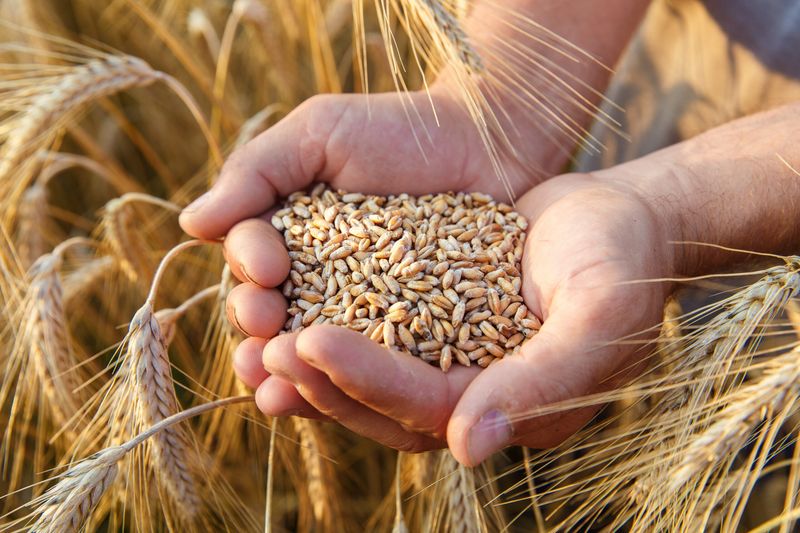
Wheat, the cornerstone of bread, pasta, and countless other foods, is another casualty of erratic weather and geopolitical tensions. The war in Eastern Europe has disrupted one of the world’s major wheat suppliers, exacerbating the situation.
Farmers are grappling with droughts, pests, and logistical nightmares, all contributing to a decrease in global supply. The ripple effect is felt in bakeries and kitchens worldwide as flour prices skyrocket.
As one of the most consumed grains, wheat’s scarcity could lead to broader food security issues. Each loaf of bread now carries the story of a complex global struggle.
7. Oranges
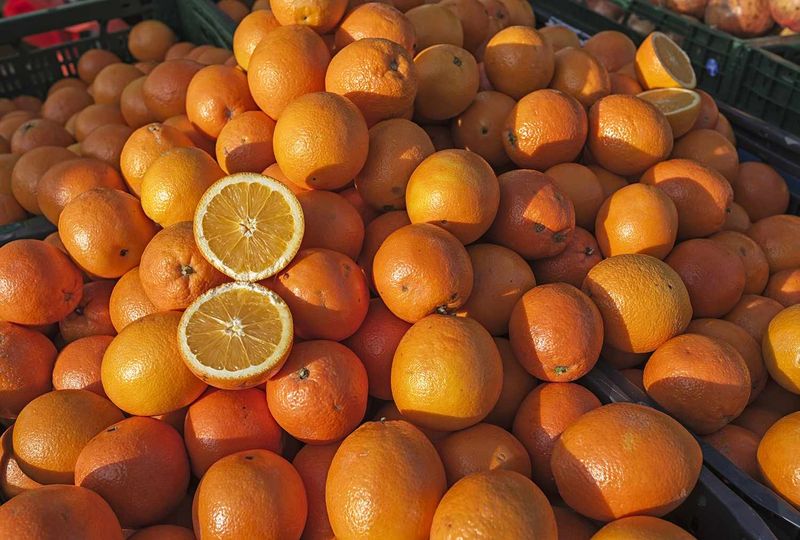
The bright, refreshing taste of oranges might be in short supply as groves in Florida and Brazil face multiple challenges. Citrus greening disease, a persistent threat, has devastated many crops, while hurricanes add to the turmoil.
With fewer trees yielding fruit, orange juice lovers might need to brace for scarcity. The combination of natural and biological adversities has left growers scrambling for solutions.
The morning ritual of a fresh glass of OJ may soon become a memory. Efforts to combat these challenges continue, but the path to recovery is long and uncertain.
8. Chocolate

The sweet allure of chocolate is facing a bitter twist as cocoa supplies dwindle. West Africa, the heart of cocoa production, has seen declining yields due to aging trees and poor farming practices.
The chocolate industry is striving to implement sustainable practices, but challenges remain significant. With demand soaring, the gap between supply and need continues to widen.
Every chocolate bar now represents a luxury, as scarcity looms on the horizon. For those with a sweet tooth, savoring each piece is now more precious than ever.
9. Tomatoes
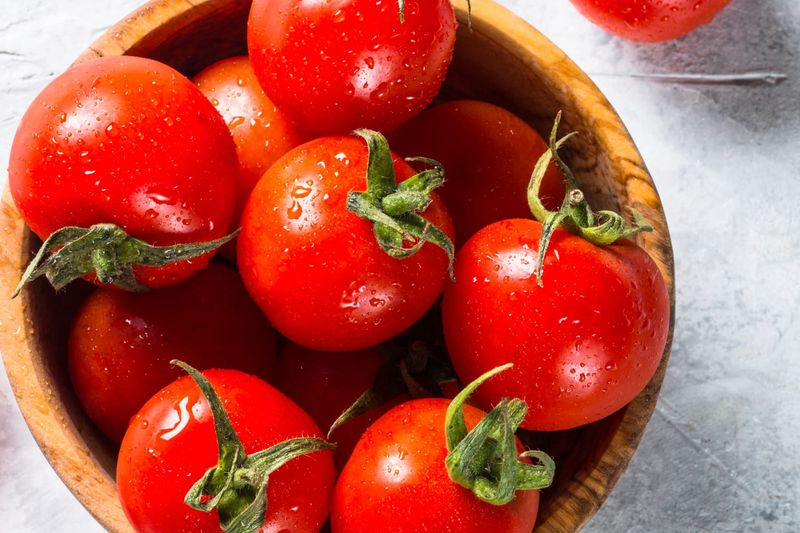
Tomatoes, the vibrant heart of many dishes, face a precarious future. Drought and pests have taken a toll on tomato farms in California, a major supplier.
The juicy red staples of salads and sauces are experiencing a struggle for survival. With water resources dwindling and pest challenges mounting, growers are in a tough spot.
As salsa and spaghetti sauce lovers brace for impact, alternatives might not capture the same essence. Each tomato harvested is a testament to farmers’ enduring battle with nature.
10. Bananas
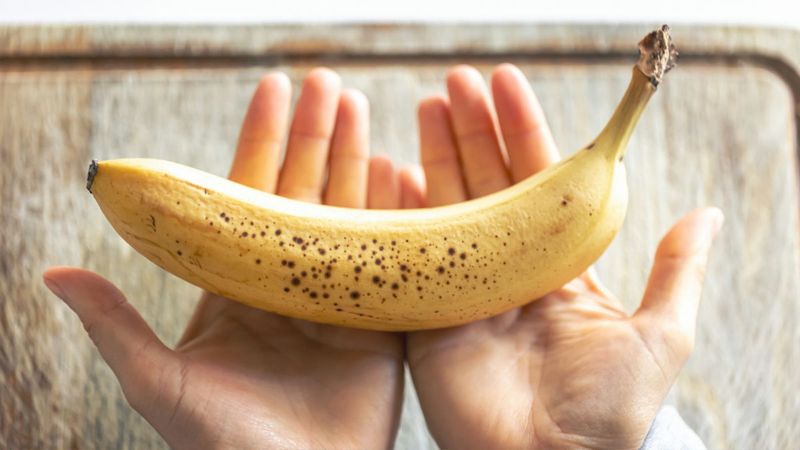
Bananas, the convenient snack loved by all, are under threat from a devastating fungus. Panama disease, a soil-borne pathogen, has wiped out plantations, putting the global banana supply at risk.
As the disease spreads, the ubiquitous fruit might become a rare commodity. The monoculture farming of bananas adds to the vulnerability, leaving farmers with few defenses.
Each banana consumed today is more than just a tasty treat; it’s a glimpse into the fragile world of agricultural dependence. The fight to save bananas is ongoing, but the path forward is fraught with challenges.
11. Butter
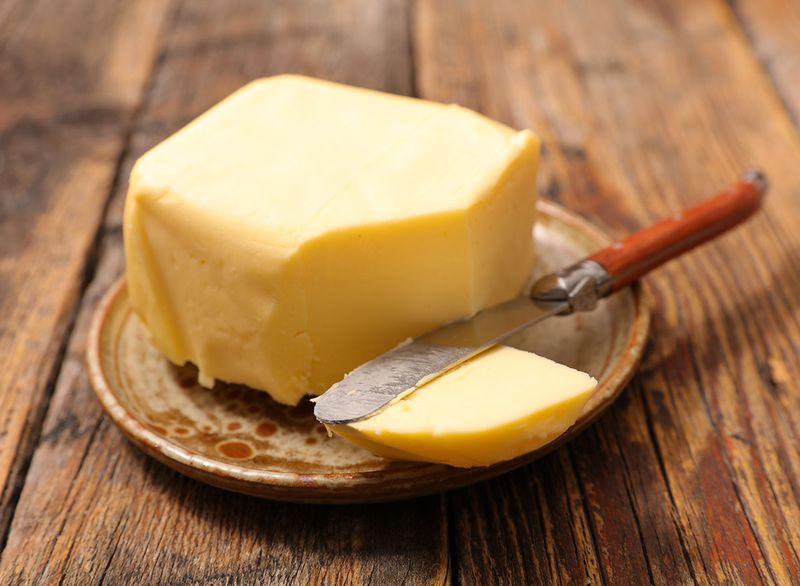
The rich, creamy texture of butter might soon be a luxury as dairy farmers face mounting obstacles. Feed shortages, coupled with rising production costs, have made dairy farming an arduous endeavor.
Butter production is directly impacted by these challenges, leading to potential scarcity in the market. The staple of baking and cooking, butter’s availability is something many households rely on.
With supply under threat, alternatives may need to be explored, though few can match butter’s unique qualities. Enjoy it while you can, as each pat might carry the weight of a struggling dairy industry.
12. Pasta
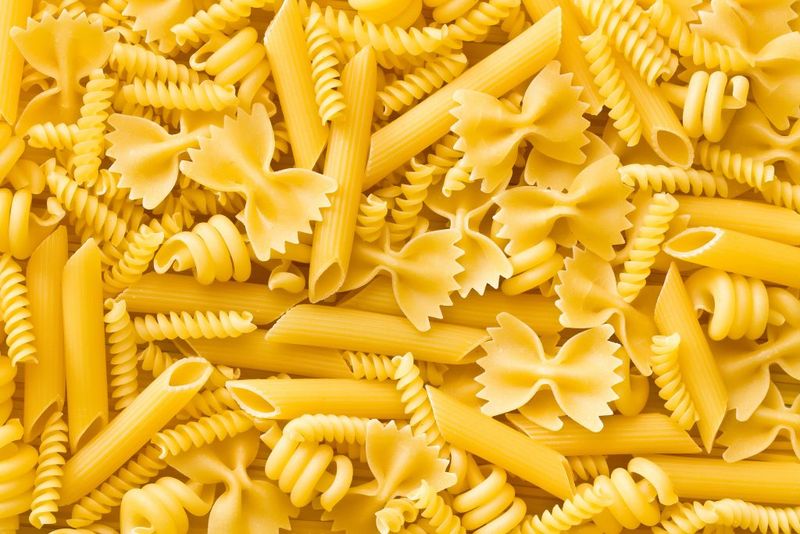
Pasta, the beloved comfort food, is feeling the pressure from a wheat shortage. As supplies dwindle, pasta makers are facing difficulties in sourcing quality grains.
This staple food, known for its versatility and ease of preparation, could see a decline in availability. The ripple effects extend beyond Italy, impacting global consumption patterns.
Each bowl of pasta now becomes a reminder of the intricate global supply chains and the impact of environmental changes. Food lovers may have to get creative with alternatives as traditional options become scarce.
13. Potatoes
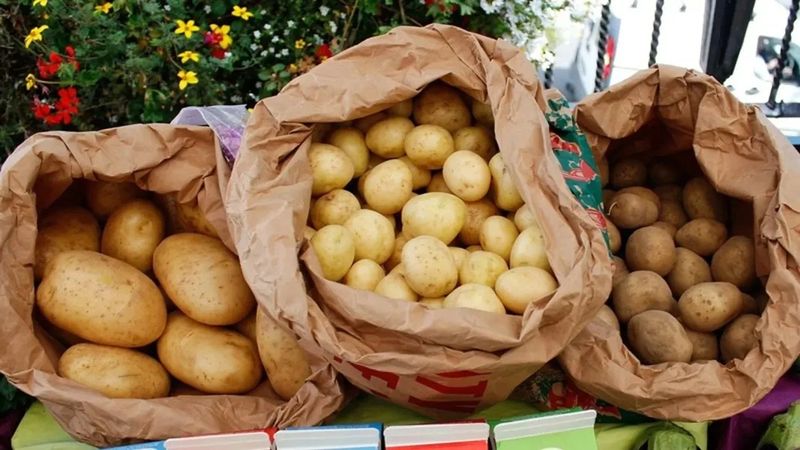
Potatoes, the humble heroes of many dishes, face an uncertain future due to unpredictable weather patterns. The tubers have encountered challenges from excessive rain and flooding in major growing areas.
Farmers are struggling as erratic weather disrupts planting and harvesting cycles, leading to potential shortages. The beloved fries and chips might see a rise in prices as supplies dwindle.
Each spud represents a farmer’s resilience against the odds, a testament to human ingenuity and perseverance. As the weather plays hardball, the future of this staple hangs in the balance.
14. Lettuce

Lettuce, the refreshing crunch in many salads, is wilting under the pressure of changing climates. A staple in healthy diets, lettuce is sensitive to heat and water stress.
With temperatures rising, the leafy greens are struggling to maintain their quality and yield. Farmers in key growing regions are adapting, but the challenges persist.
Each salad served becomes a reminder of the fragile balance between agriculture and climate. As consumers, understanding these challenges helps appreciate the effort behind every crisp leaf.
15. Peanuts
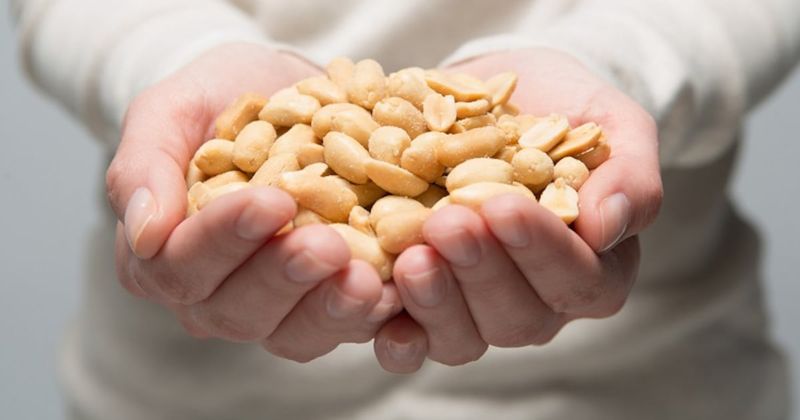
The crunchy goodness of peanuts might become elusive as climate challenges impact their growth. In the southern United States, where peanuts flourish, weather unpredictability is becoming a major concern.
The legume that fuels snacks and spreads is facing reduced yields, and the effects ripple through supply chains. Peanuts’ versatility makes them a beloved staple in many households.
As droughts and floods affect production, the availability and pricing of peanuts are on shaky ground. Each peanut consumed is a nod to the tenacity of farmers facing environmental hurdles.
16. Fish
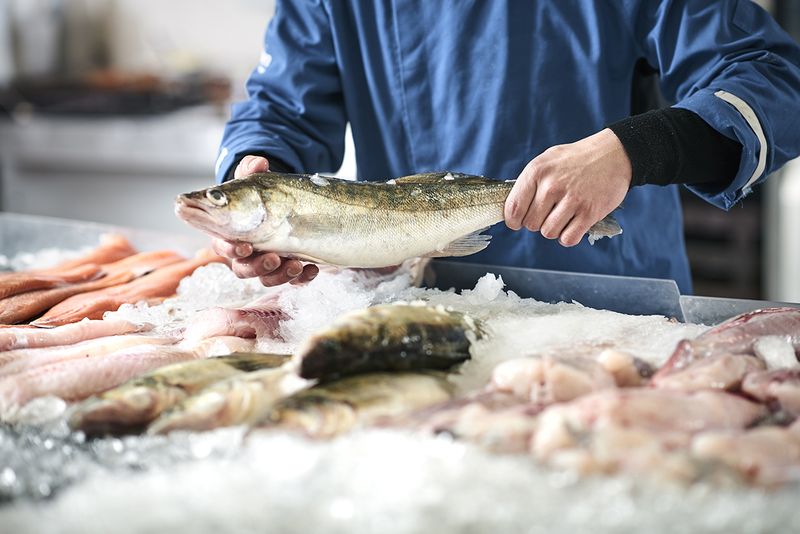
Fish, an essential protein source for millions, faces challenges from overfishing and changing ocean temperatures. The delicate balance of marine ecosystems is under threat, affecting fish populations worldwide.
Fisheries are working hard to implement sustainable practices, but recovering depleted stocks takes time. For seafood lovers, this could mean fewer options and higher prices at the market.
Each fillet on your plate reflects the ongoing battle to preserve ocean resources. As consumers, supporting sustainable seafood choices can make a difference in safeguarding these valuable resources.
17. Corn
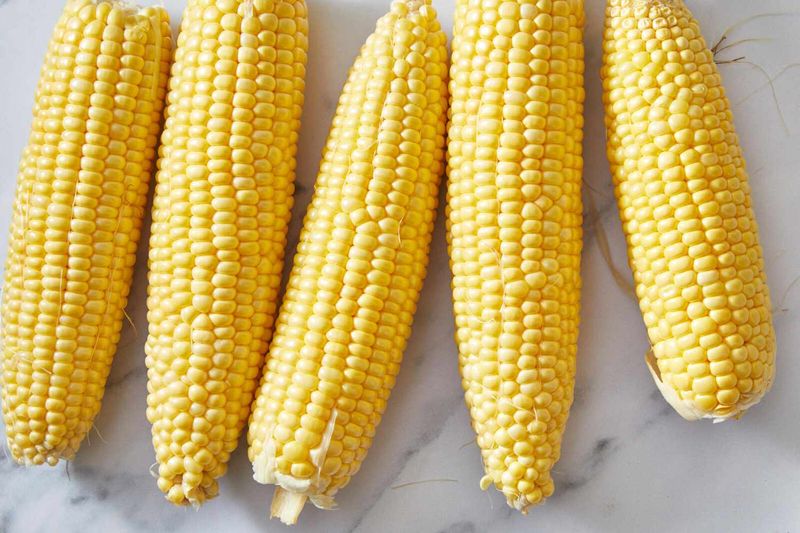
Corn, a staple in countless products, is facing a crisis due to droughts and pest invasions. This versatile crop, essential for food and industry, has seen declining yields in key producing areas.
The challenges faced by corn growers have implications beyond food, affecting biofuel production and livestock feed. Rising demand exacerbates the situation, leading to potential scarcity.
Every ear of corn now symbolizes a convergence of environmental and economic challenges. The future of corn depends on innovative solutions and resilient agricultural practices.
18. Vanilla

Vanilla, the sweet essence that enhances countless desserts, is in jeopardy due to environmental and economic pressures. Madagascar, the primary producer, is struggling with low yields and high demand.
The labor-intensive cultivation process and vulnerability to weather make vanilla a challenging crop. Prices have soared, with vanilla becoming a luxury ingredient for many chefs.
Each drop of vanilla extract is a testament to the dedication of farmers and the complex journey from pod to pantry. As this aromatic spice becomes rarer, its value and significance continue to grow.
19. Almonds
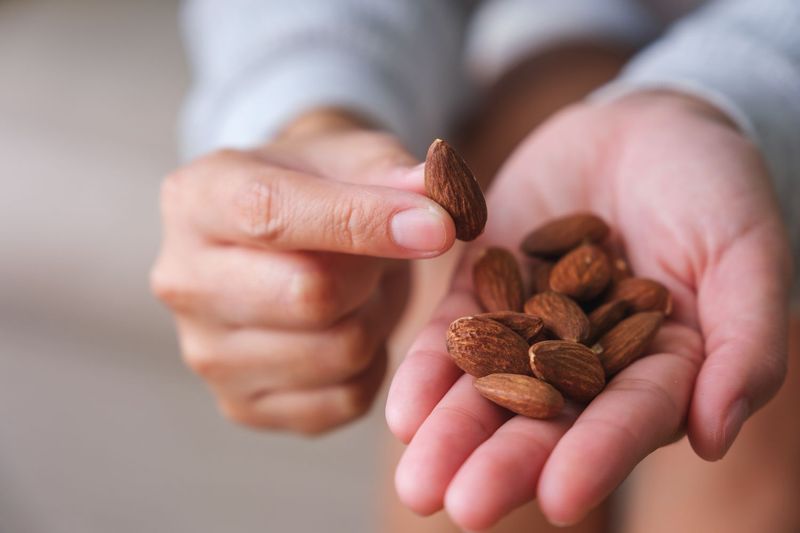
Almonds, a favorite in snacks and milk alternatives, face challenges due to water scarcity in California. This state, a major almond producer, is grappling with droughts that threaten the viability of almond orchards.
The water-intensive nature of almond cultivation puts it at odds with existing environmental constraints. As a result, yields are impacted, affecting supply and pricing.
Each crunchy almond now carries the weight of complex agricultural and environmental dynamics. Enjoying these nuts means recognizing the delicate balance between resource management and agricultural demands.
20. Cheese
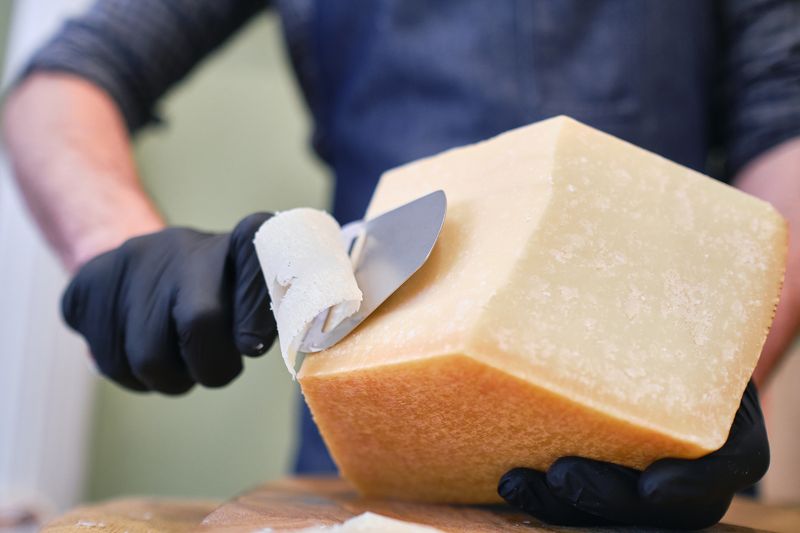
Cheese, a beloved dairy product, is feeling the impact of various challenges in the dairy industry. From milk shortages to rising production costs, cheese makers face an uphill battle.
This staple, known for its diversity and flavors, may see a decline in availability and variety. Dairy farmers are adapting to the pressures, but the path is fraught with difficulties.
Each slice of cheese represents a connection to age-old traditions and modern hurdles. As we savor its rich flavors, the reality of its fragility in the supply chain becomes apparent.
Leave a comment